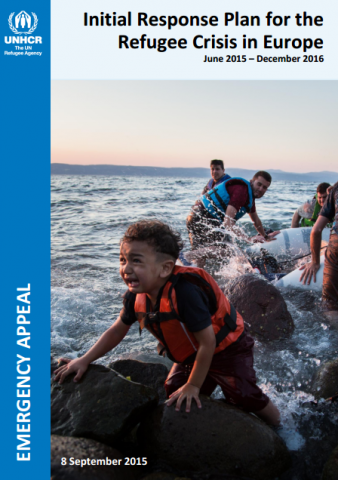Preparedness for Effective Response
Preparedness for Effective Response (PER) is a cyclical approach for a National Society (NS) to systematically assess, measure, and analyse the strengths and weaknesses of its response system in order to take remedial actions. The PER approach puts the National Society in the driver’s seat to construct a work-plan that, when implemented, will strengthen its […]
Preparedness for Effective Response Read More »





